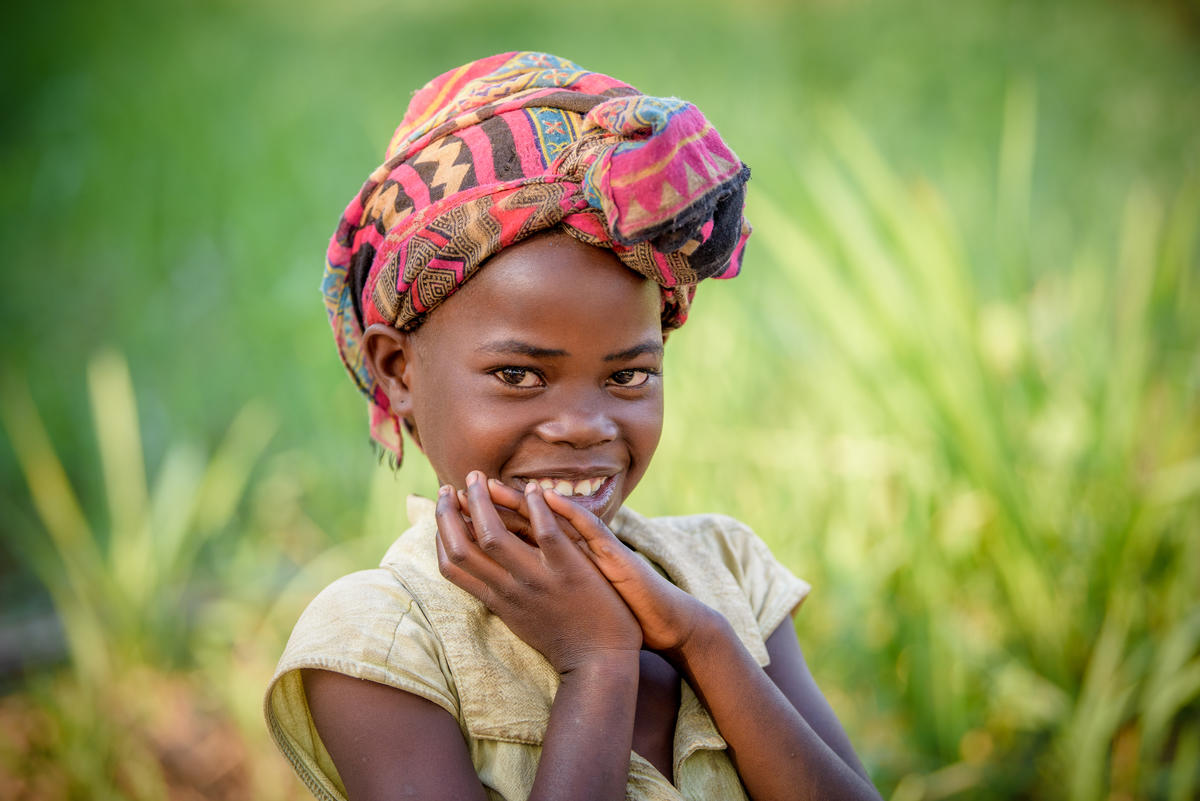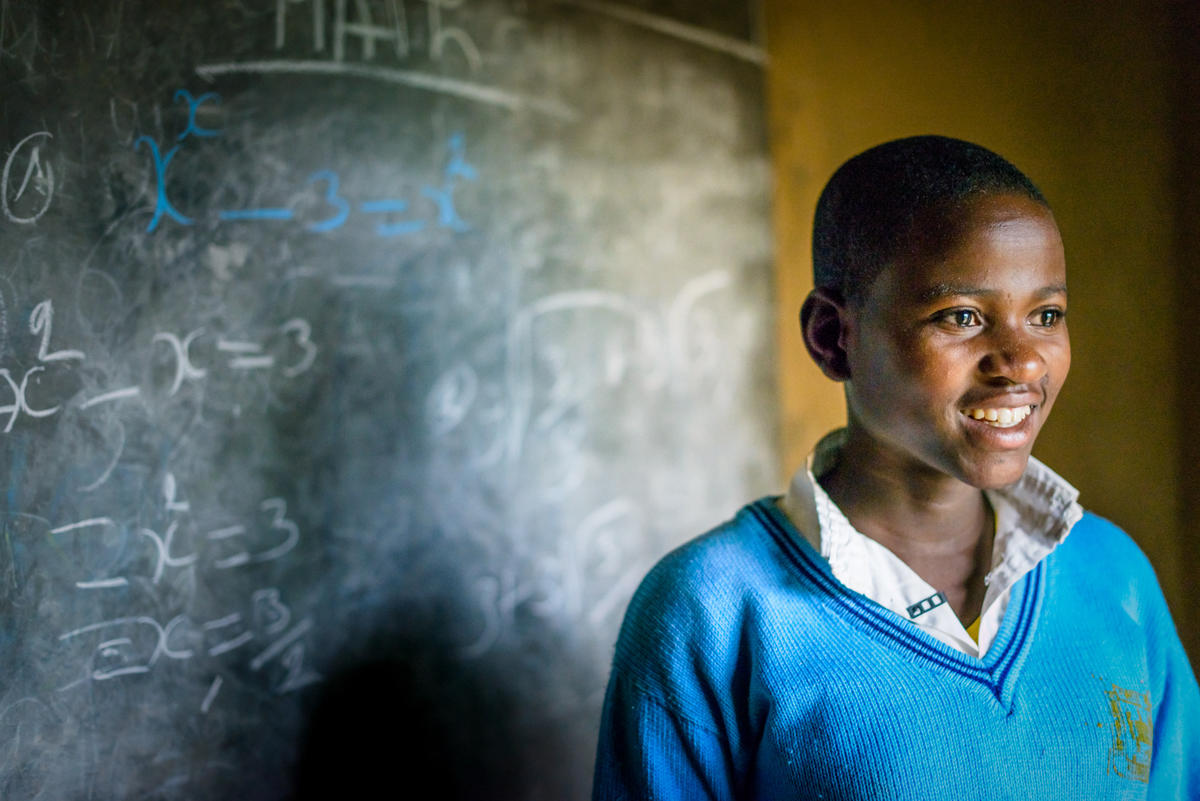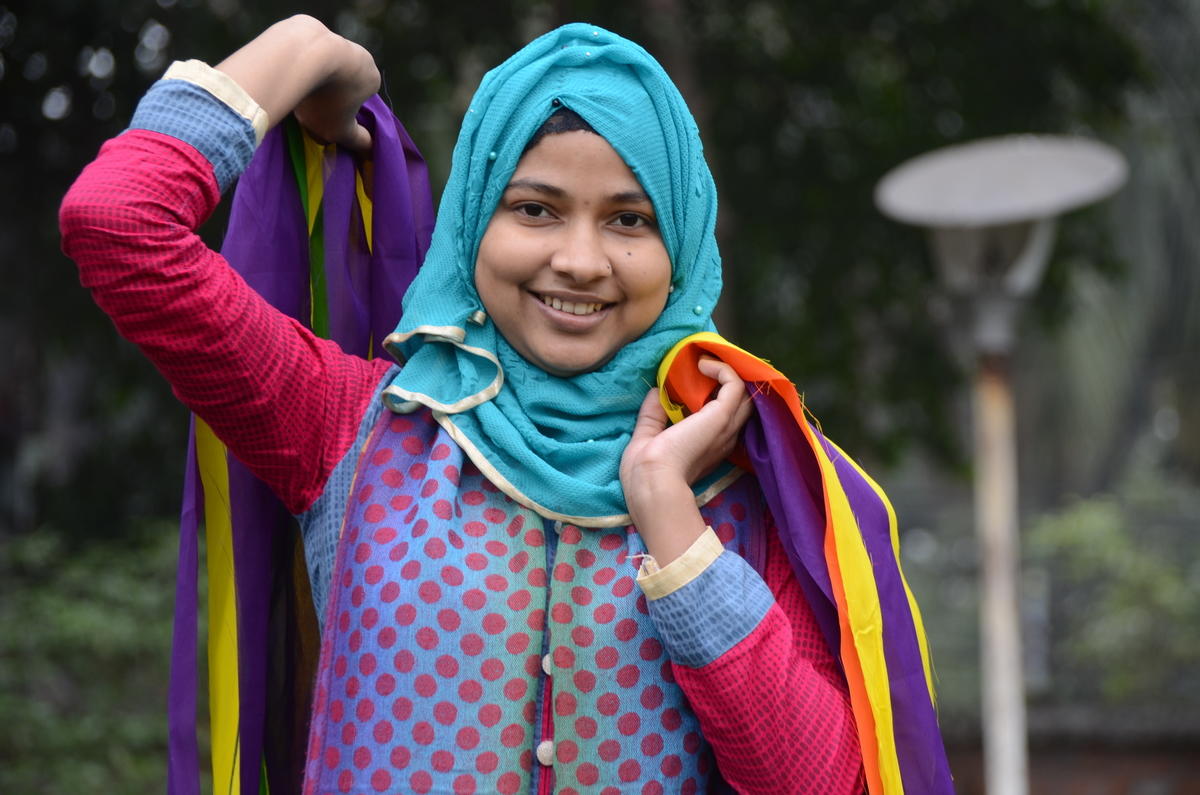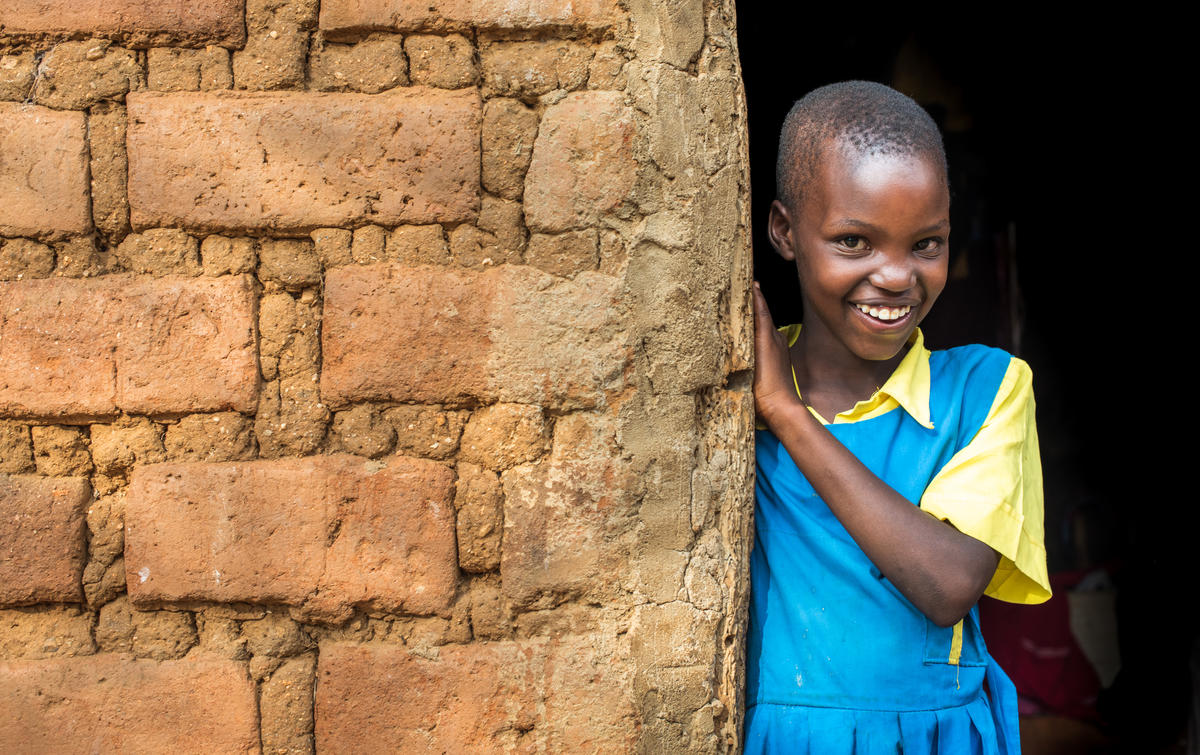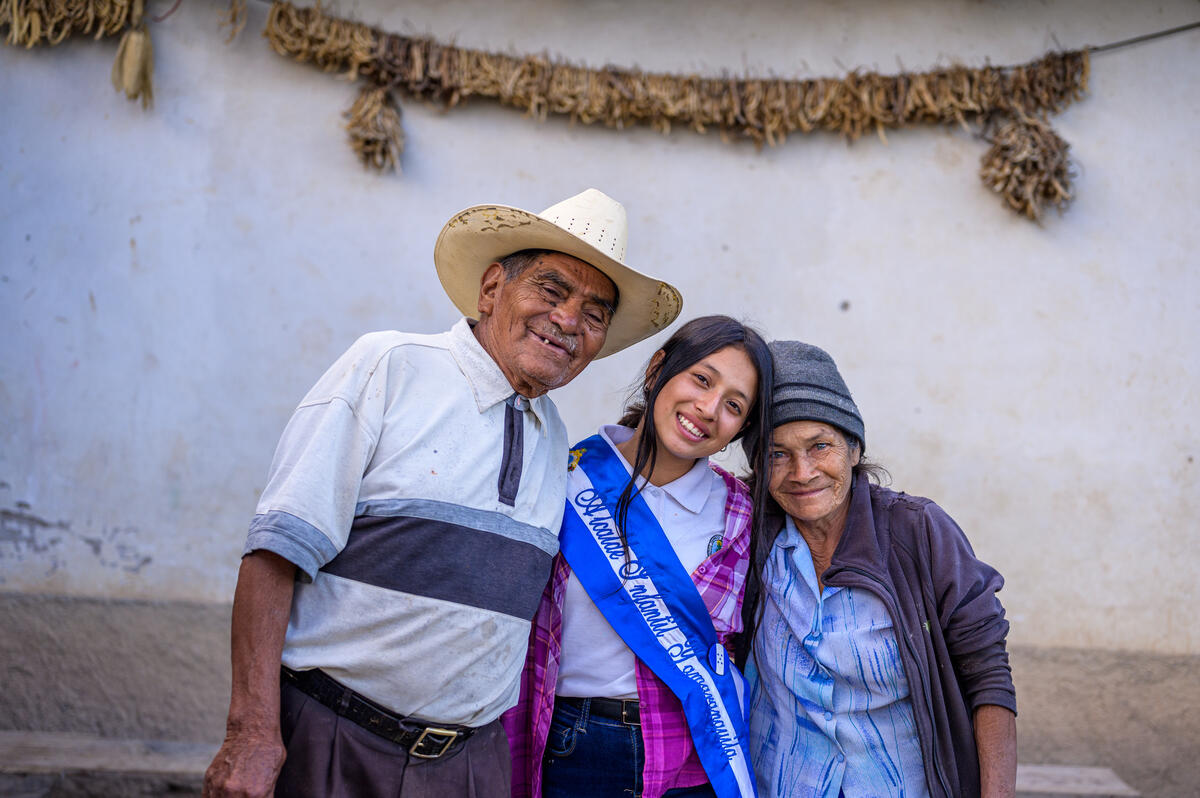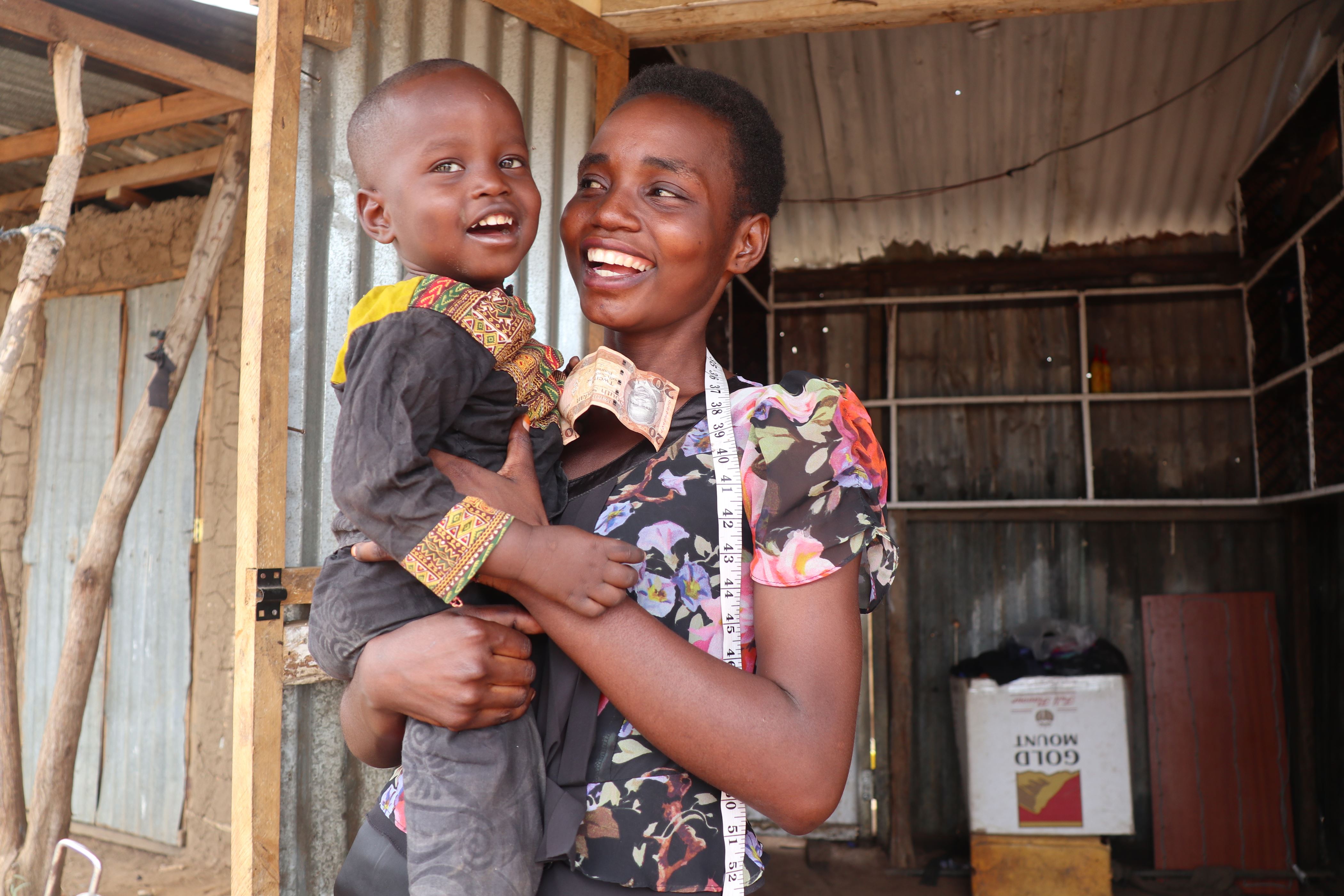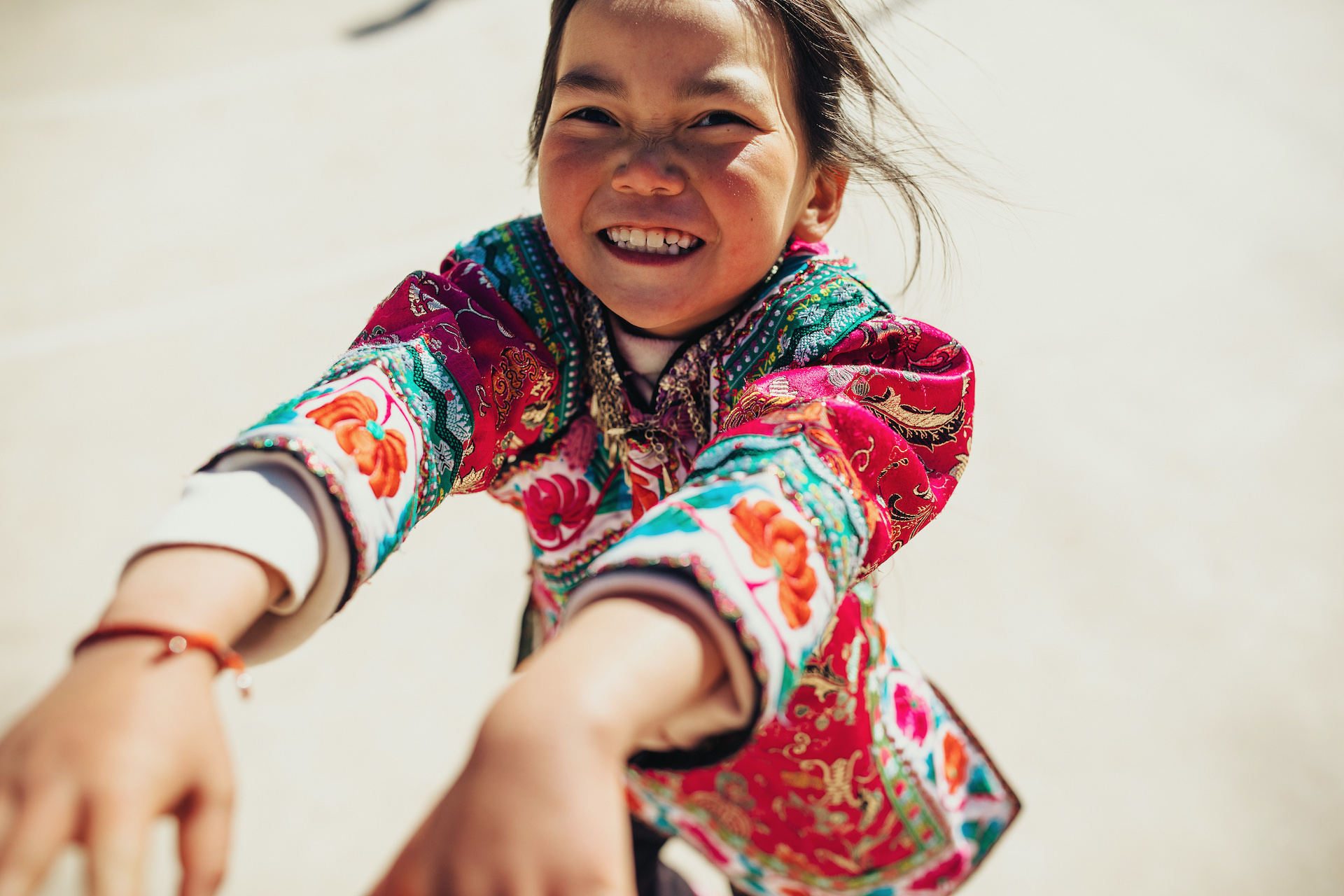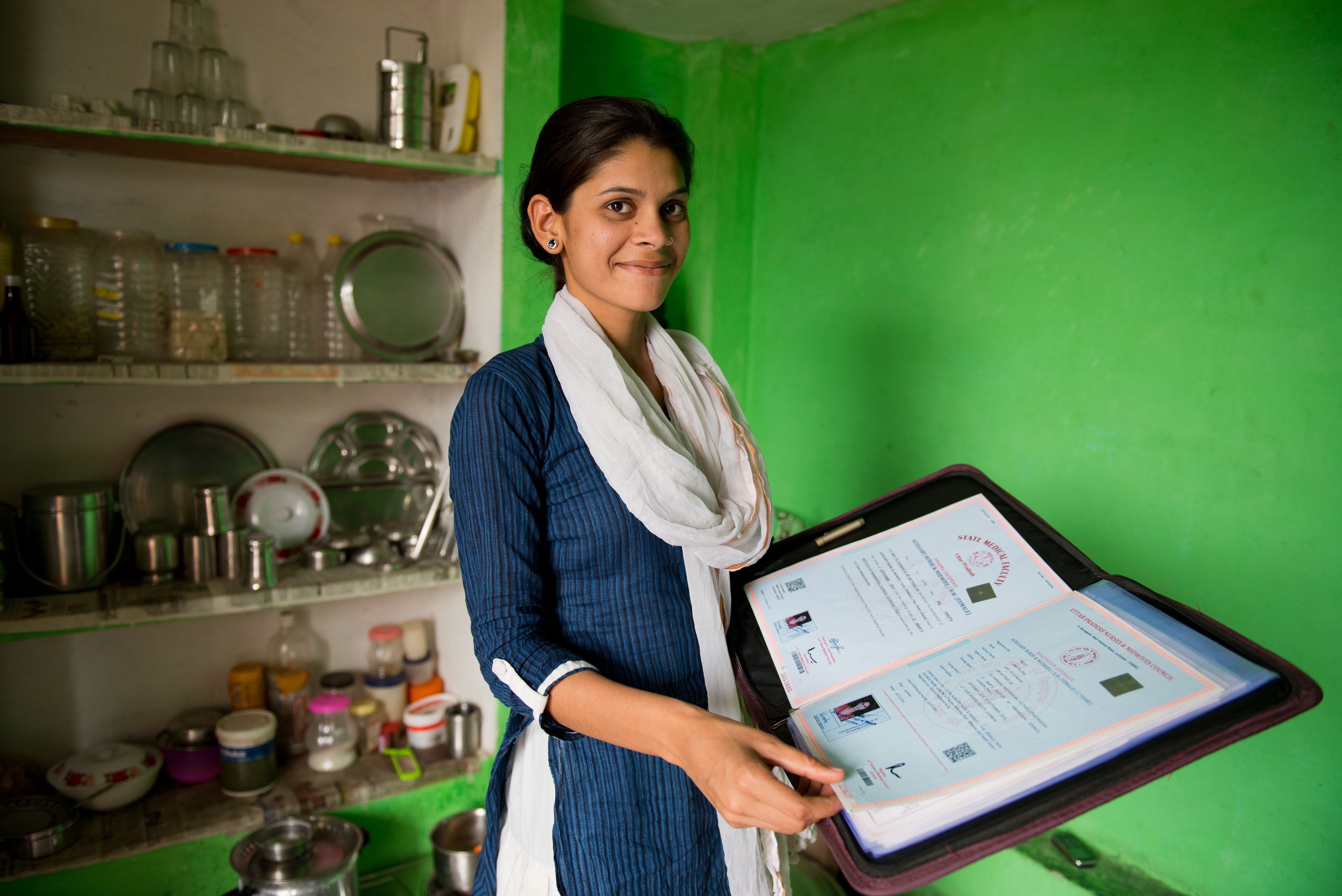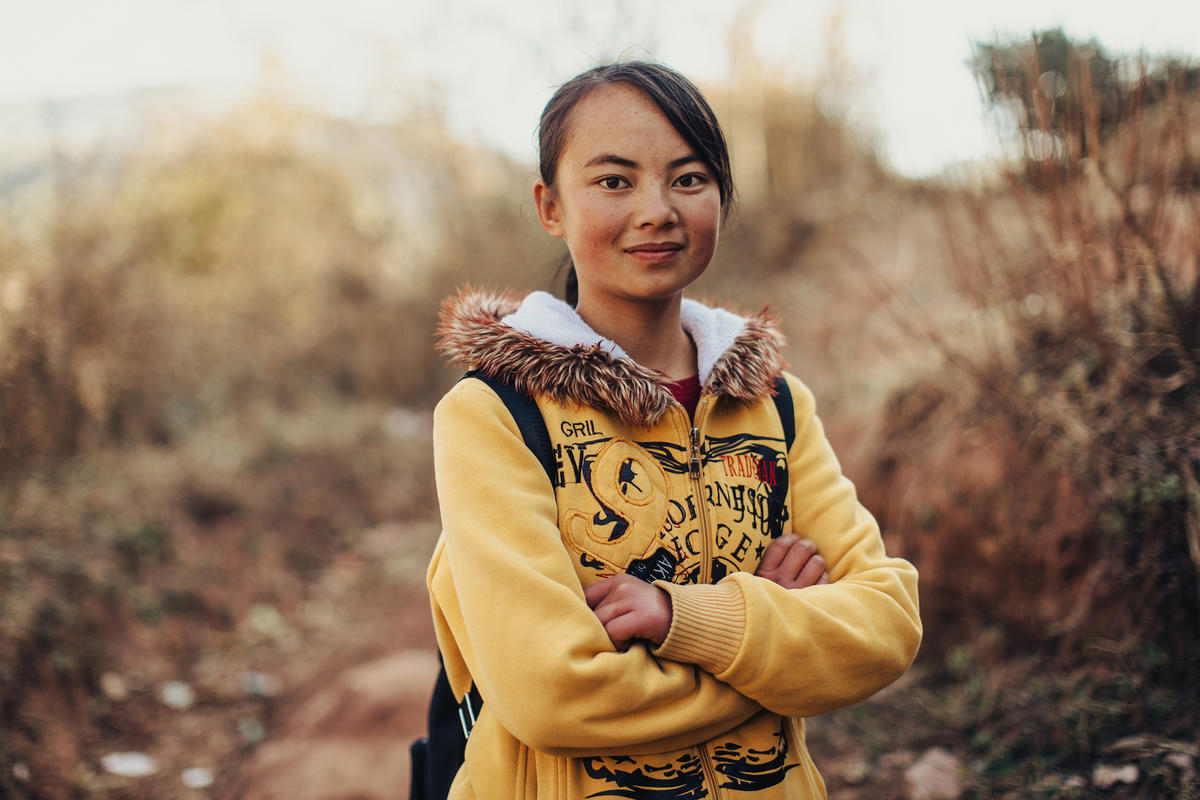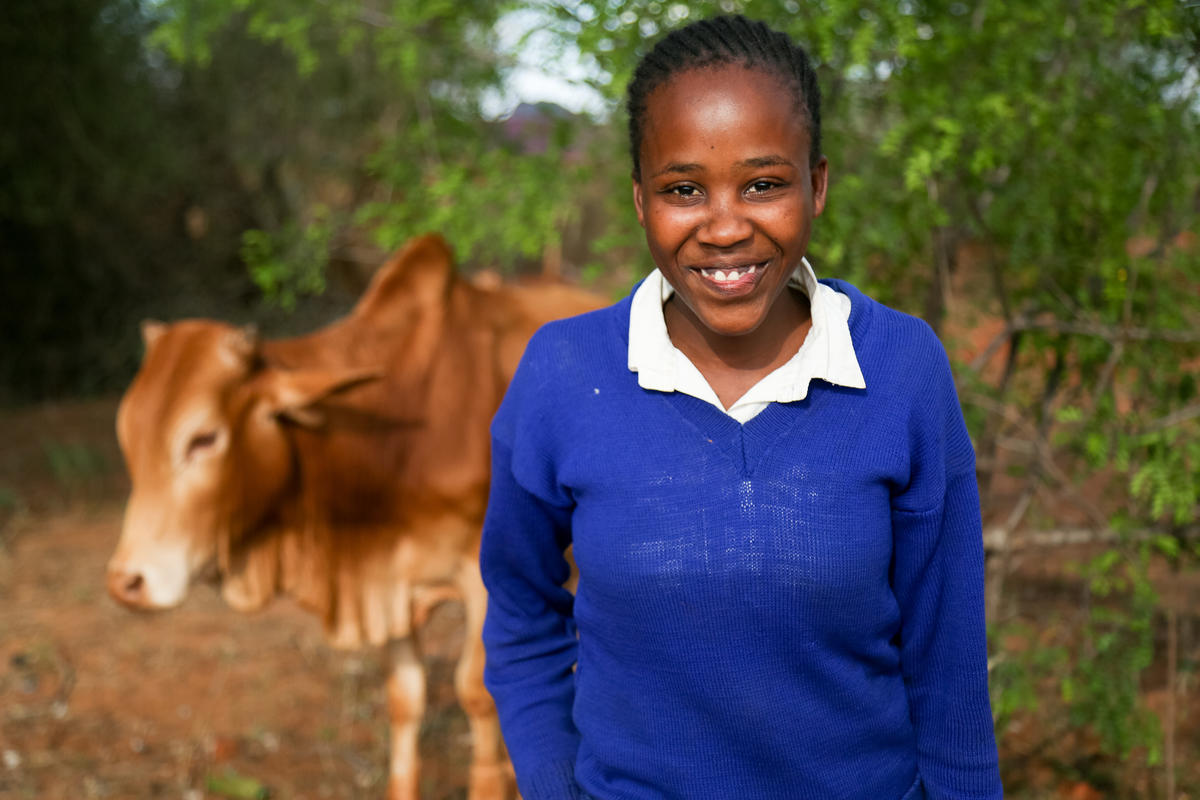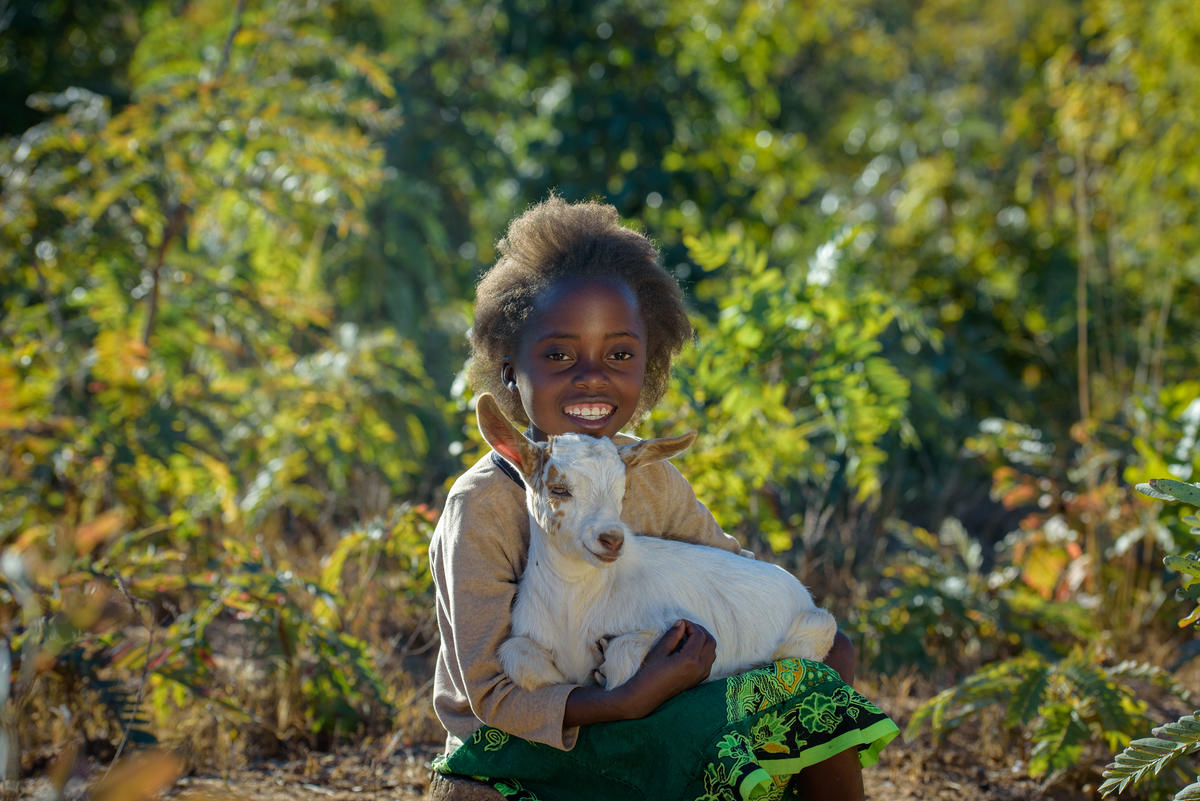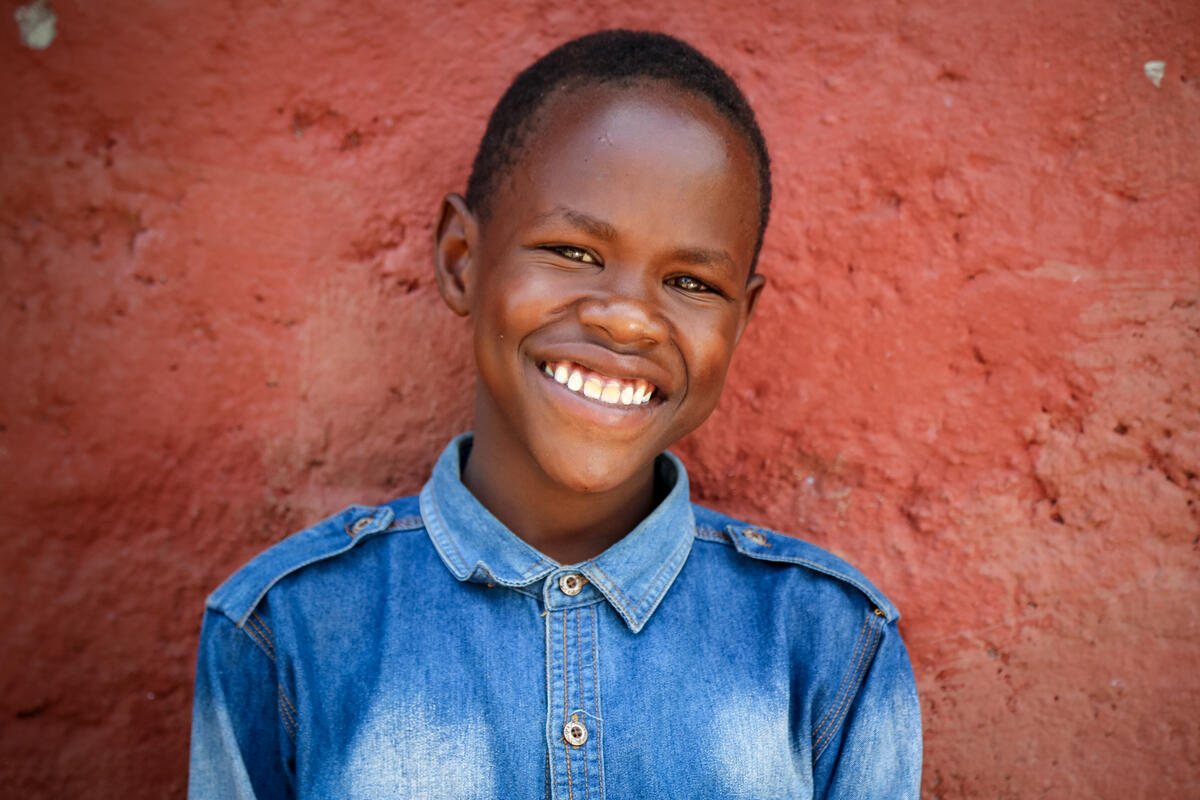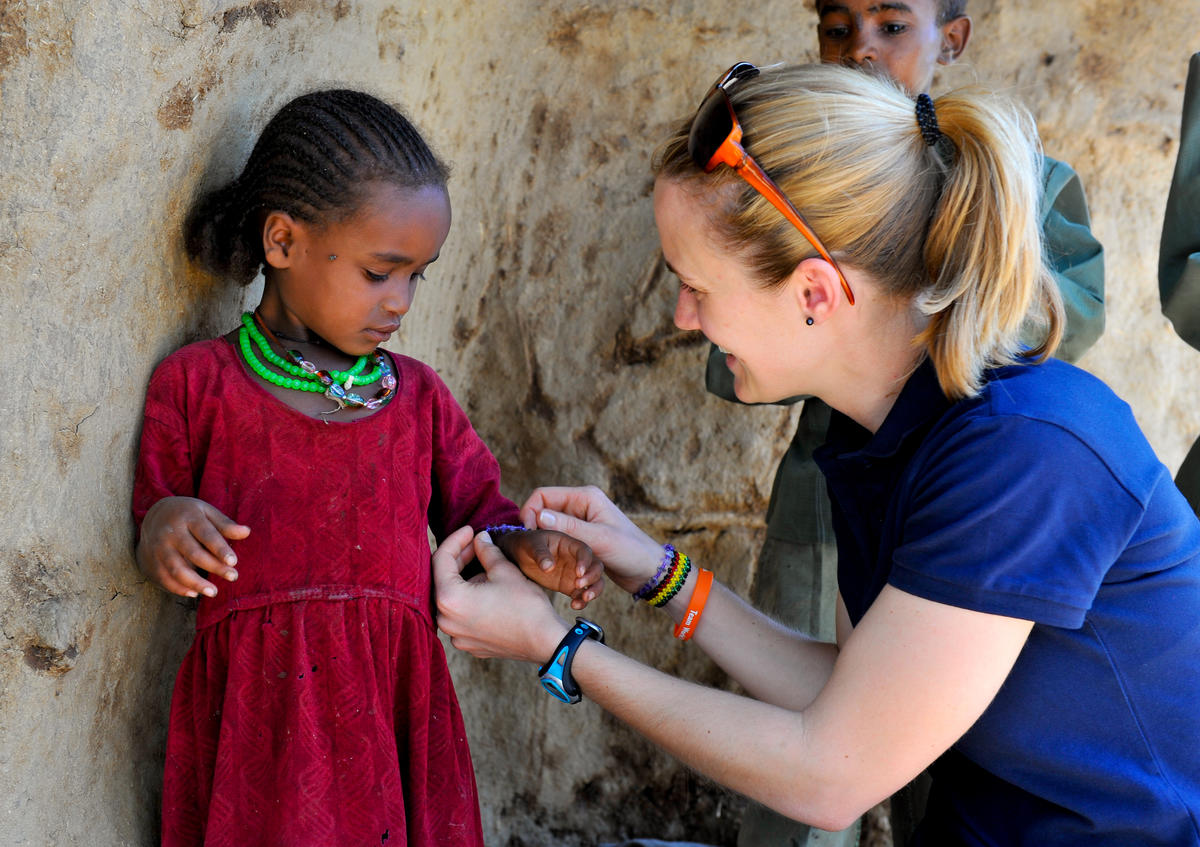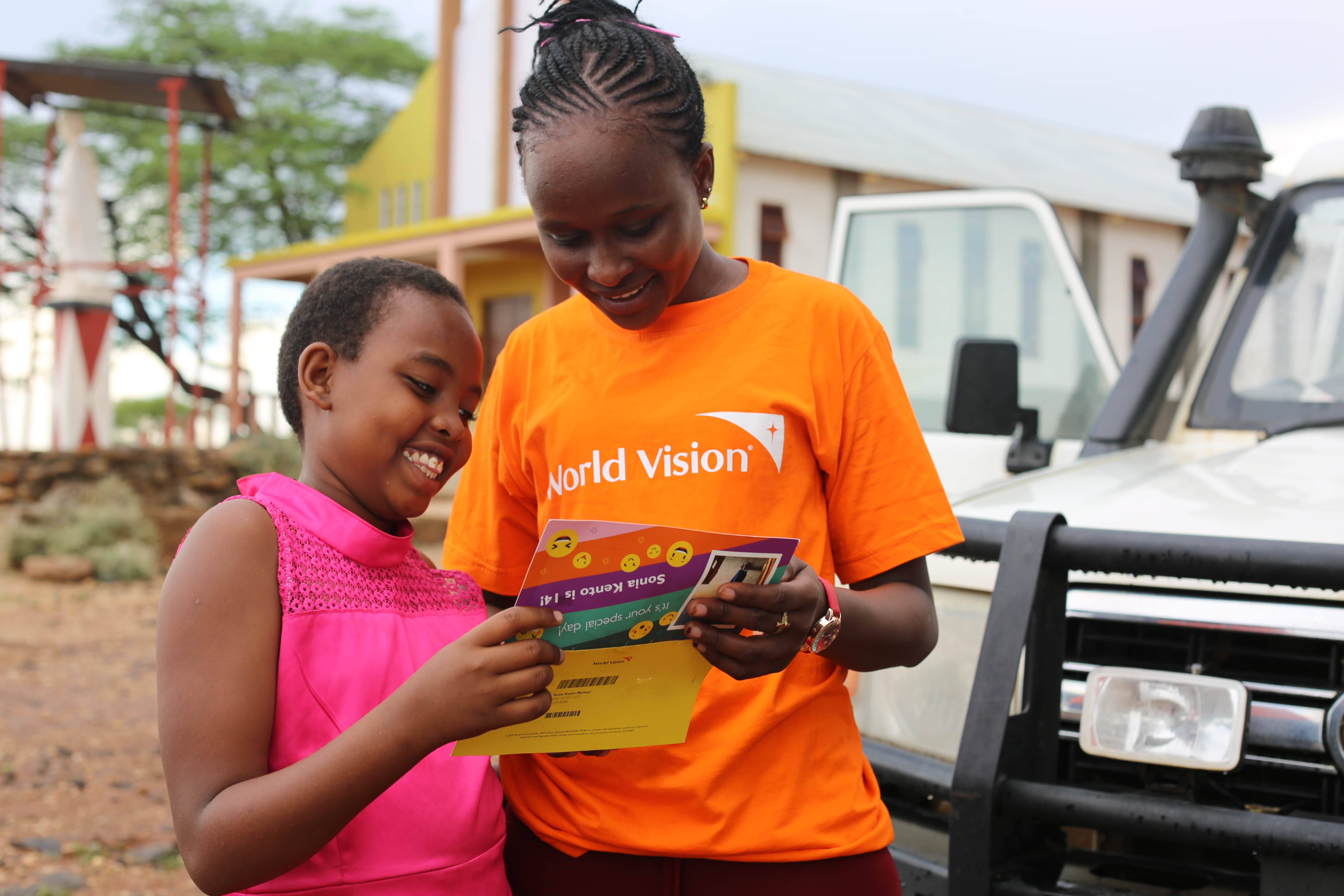Why sponsor a girl
All over the world girls are denied their basic rights, their education and the opportunity to live an innocent childhood. Instead, many are forced out of school and into marriages that often result in young pregnancies. There are 12 million child brides every year – that’s 23 girls every minute.
But there's hope. Right now, World Vision Child Sponsors are standing with girls in almost 100 countries.
When you sponsor a girl, you break the cycle - and give her the chance to enjoy opportunities she could once only dream of. You help actively empower girls and women through our work, fighting against discrimination, abuse and oppression.
We urgently need child sponsors to transform girls lives today. We need you.

